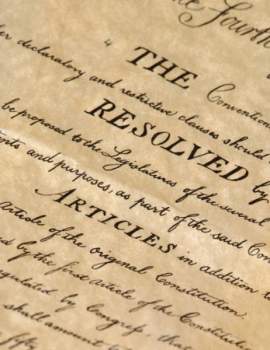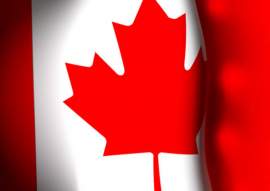
Elements of a Design Patent

Preparing and submitting a design patent application to the United States Patent and Trademark Office (USPTO) should be done carefully and thoroughly. In most cases, this requires knowledge of United States intellectual property law and the procedural practices of the USPTO. The main element of the design patent application should be primarily focused on the presentation of the design through detailed photographs and drawings. Without proper and concise visual elements, a design patent application would be invalid and would result in a rejection notice from the USPTO. The other elements of the design patent application are also important for application approval.
The elements which should be included in a successful design patent application are:
1. A preamble which should have the name of the applicant, the title of the submitted design, and a brief description of the intended use of the article in which the design is contained in.
2. A cross-reference to related patent applications (may also be included in the application data sheet).
3. A statement pertaining to federally sponsored research or development.
4. A description of the figure(s) included in the drawings.
5. A detailed feature description.
6. A single claim.
7. Drawings or photographs of the design.
8. Executed oath or declaration.
Aside from the main elements above, a design patent is required to also include a filing fee, a search fee (to cover a search for possible identical designs), and an examination fee. Depending on the size of the entity, the fees mentioned above may be modified. If the applicant is a small entity, such as an independent inventor, a small business or a non-profit organization, the fees for filing a design patent application are reduced by as much as half.
Preamble:
This is the part of the application that should give brief background information about the applicant and the article being submitted to the USPTO. This includes the name of the applicant, the entity in which he or she may be a part of, the title of the design, and a brief description of the intended use of the design or the use of the article which contains the design. If the design is determined to be patentable, the contents of the preamble will be printed on the patent itself.
The Figure Descriptions:
The purpose of the figure descriptions is to describe what each view in the drawings represent. For example, a drawing may represent a front elevation view of a design. If needed, further views of the design should be included to give a full visual representation of the design. While the drawings give the proper information needed for a design patent examination, it is not discouraged to include short descriptors to accompany the drawings if needed. For example, a brief descriptor underneath a drawing can indicate that the broken lines in the drawing are not part of the actual design, clarifying that essential aspects of the design only include lines that are not broken.
A Single Claim:
A design patent application is only permitted to include one single claim which clearly defines the design intended to patented. The claim must be present in formal terms as "The ornamental design for (the article which embodies the design or to which it is applied) as shown." If there are modified forms of the design included in the patent, the claim should include "...as shown and described." as well.
Drawings and Photographs:
The drawing representations of the design patent article are the most essential and important element of the application. Every design patent application is required to include a drawing or a black and white photograph of the claimed design. It must not only be clear and complete, it should also comply with the requirements of 35 U.S.C. 112, which state that the photographs should include a "sufficient" number of views to disclose every portion of the design. Drawings should also be black ink on white paper.
Colored drawings and photographs are excepted by the USPTO, though an additional petition is required to be submitted explaining why colored photographs and drawings are essential for disclosing the design of an article. If colored visual elements are included in a design patent application and the applicant does not want the color representing the design to be an considered an essential part, a disclaimer should be included with the colored drawing or photograph.
It should read, "The color shown on the claimed design forms no part thereof." In the absence of this disclaimer, the colored will be considered by the USPTO as part of the actual design.
Broken lines in a design drawing are used for illustrative purposes only and understood to represent parts of the environment, but are not part of the design. When they are used, they should not interfere or intrude with the actual conveyed design.
The Oath or Declaration:
The oath or declaration included with the design patent application should comply with the guidelines shown in 37 CFR §1.63.
NEXT: What is a Design Patent?




















